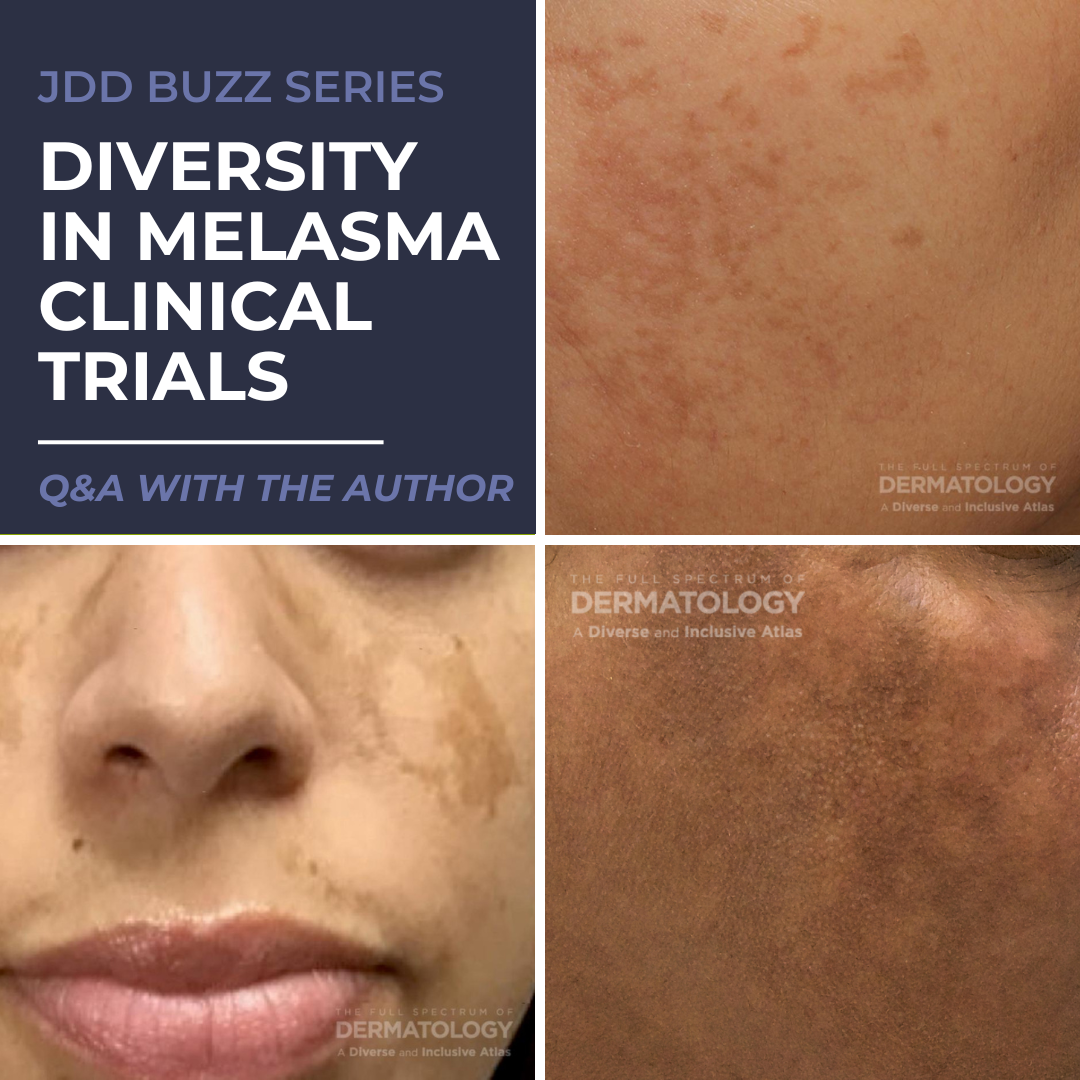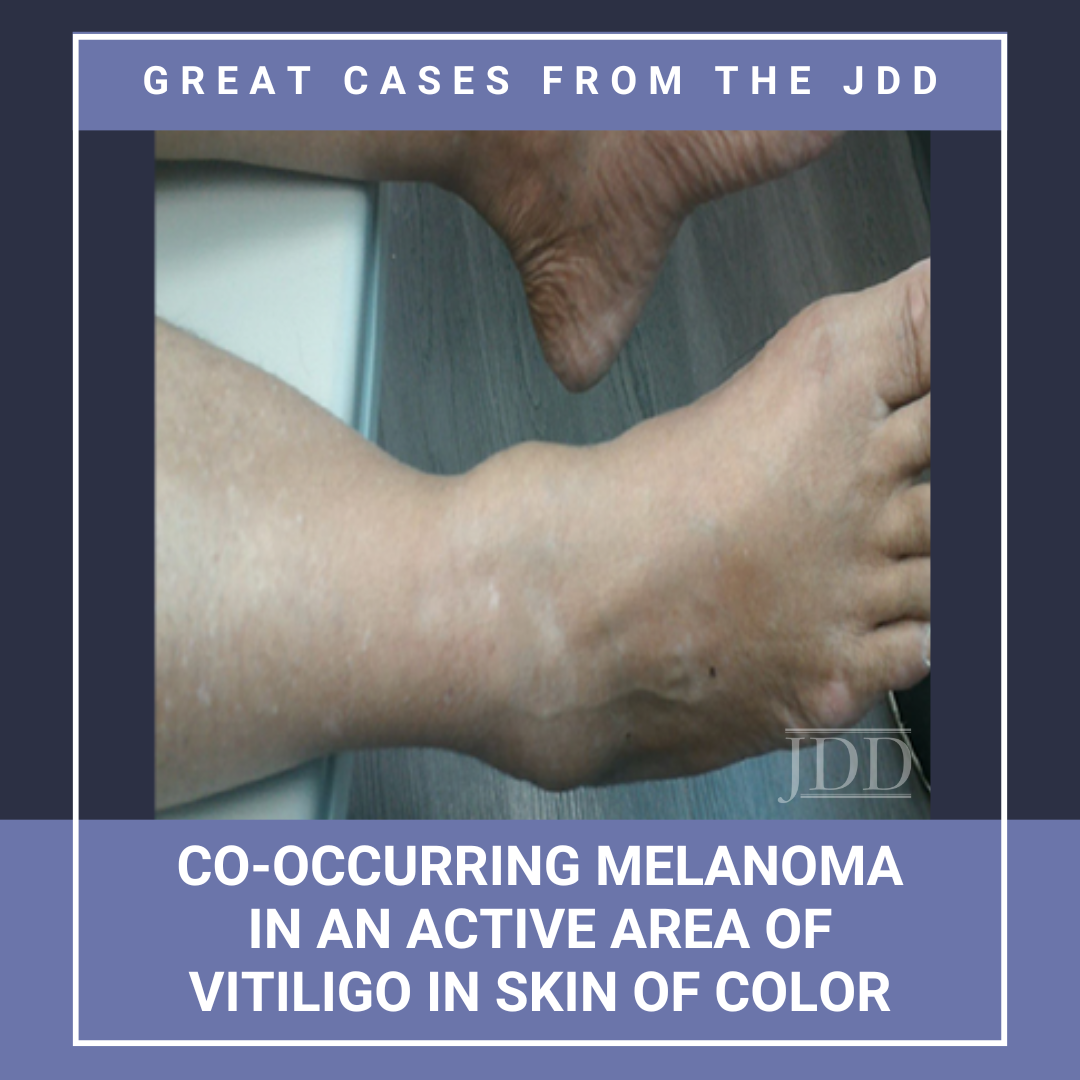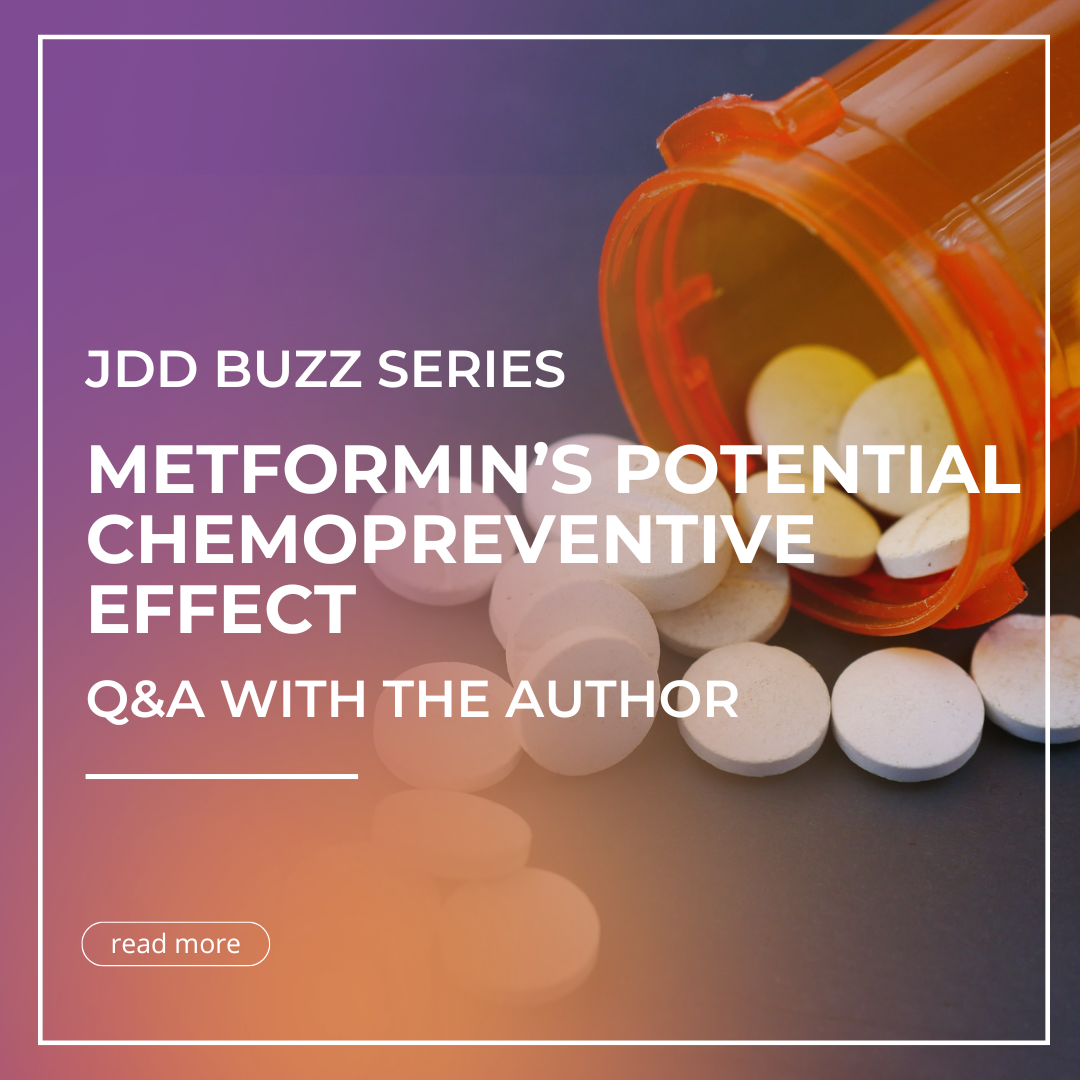JDD February 2025 Editor’s Picks
 The February 2025 issue of the Journal of Drugs in Dermatology brings a fresh wave of clinical insights and innovative research to the dermatology community. This edition highlights new perspectives on minoxidil adherence, groundbreaking findings in keloid and hypertrophic scar risk factors, and expert consensus on deucravacitinib for plaque psoriasis.
Readers will also discover updates on non- …
The February 2025 issue of the Journal of Drugs in Dermatology brings a fresh wave of clinical insights and innovative research to the dermatology community. This edition highlights new perspectives on minoxidil adherence, groundbreaking findings in keloid and hypertrophic scar risk factors, and expert consensus on deucravacitinib for plaque psoriasis.
Readers will also discover updates on non- …
 The February 2025 issue of the Journal of Drugs in Dermatology brings a fresh wave of clinical insights and innovative research to the dermatology community. This edition highlights new perspectives on minoxidil adherence, groundbreaking findings in keloid and hypertrophic scar risk factors, and expert consensus on deucravacitinib for plaque psoriasis.
Readers will also discover updates on non- …
The February 2025 issue of the Journal of Drugs in Dermatology brings a fresh wave of clinical insights and innovative research to the dermatology community. This edition highlights new perspectives on minoxidil adherence, groundbreaking findings in keloid and hypertrophic scar risk factors, and expert consensus on deucravacitinib for plaque psoriasis.
Readers will also discover updates on non- … 

 Underrepresentation of patients with skin of color in clinical trials is an issue in medical research, including in research about dermatological conditions. A study in the January Journal of Drugs in Dermatology looked at the diversity of patients enrolled in melasma clinical trials to determine if there are any disparities in representation.
I interviewed author Jared Jagdeo, MD, MS, associat …
Underrepresentation of patients with skin of color in clinical trials is an issue in medical research, including in research about dermatological conditions. A study in the January Journal of Drugs in Dermatology looked at the diversity of patients enrolled in melasma clinical trials to determine if there are any disparities in representation.
I interviewed author Jared Jagdeo, MD, MS, associat …  The association between vitiligo and melanoma is complex. While the incidence of vitiligo in patients with melanoma is higher, the risk for the reverse, ie, the development of melanoma in a patient with vitiligo, is thought to be decreased. This report presents a case of melanoma developing on a non-sun-exposed site in a patient with skin of color and untreated vitiligo. It emphasizes the need …
The association between vitiligo and melanoma is complex. While the incidence of vitiligo in patients with melanoma is higher, the risk for the reverse, ie, the development of melanoma in a patient with vitiligo, is thought to be decreased. This report presents a case of melanoma developing on a non-sun-exposed site in a patient with skin of color and untreated vitiligo. It emphasizes the need …  Welcome to the first issue of the Journal of Drugs in Dermatology for 2025! This issues focuses on the exciting advancements in aesthetic treatments, with editor’s picks that delve into cutting-edge topics shaping dermatology today. From the role of exosomes in cosmetic dermatology to expert insights on managing neuromodulator complications, this issue offers invaluable guidance for pr …
Welcome to the first issue of the Journal of Drugs in Dermatology for 2025! This issues focuses on the exciting advancements in aesthetic treatments, with editor’s picks that delve into cutting-edge topics shaping dermatology today. From the role of exosomes in cosmetic dermatology to expert insights on managing neuromodulator complications, this issue offers invaluable guidance for pr …  A commonly used diabetes medication may help prevent non-melanoma skin cancer. A study in the December Journal of Drugs in Dermatology analyzed whether metformin exposure is associated with a reduced risk of non-melanoma skin cancer. The study also stratified findings by race/ethnicity, which makes it unique among similar research studies.
I interviewed author Tiffany Jow Libby, MD, FAAD, FACMS …
A commonly used diabetes medication may help prevent non-melanoma skin cancer. A study in the December Journal of Drugs in Dermatology analyzed whether metformin exposure is associated with a reduced risk of non-melanoma skin cancer. The study also stratified findings by race/ethnicity, which makes it unique among similar research studies.
I interviewed author Tiffany Jow Libby, MD, FAAD, FACMS …